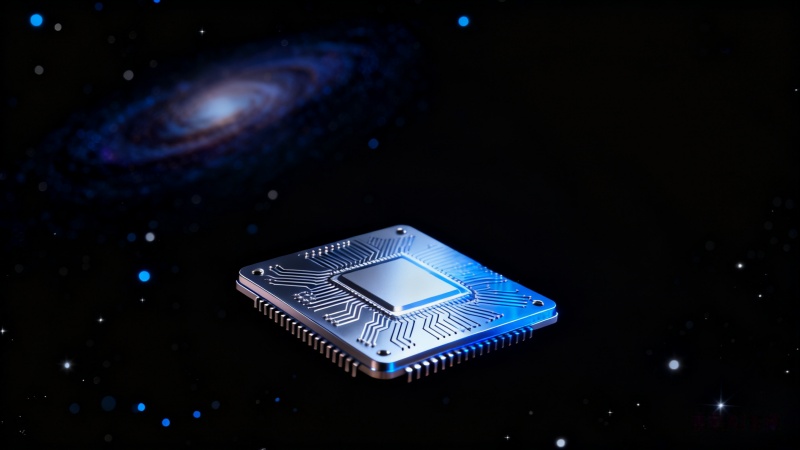On October 31, 2025, an international team composed of multiple institutions successfully sent a set of photonic artificial intelligence chips to the International Space Station (ISS), marking a new phase in space semiconductor research. This cross-border cooperative project brings together the world’s top scientific research forces, aiming to break through the application limitations of traditional semiconductor technologies in space environments.
Led by the University of Florida in the United States, the project involves collaboration with the National Aeronautics and Space Administration (NASA), the Massachusetts Institute of Technology (MIT), Vanguard Automation, AIM Photonics, and Germany’s Fraunhofer Heinrich Hertz Institute. The chip delivery mission was accomplished via the HTV-XI spacecraft operated by the Japan Aerospace Exploration Agency (JAXA). The photonic AI chips launched this time carry a crucial scientific research mission and will undergo rigorous testing in the extreme environment of low Earth orbit.
As a key part of NASA’s “Materials International Space Station Experiment” program, the core goal of this research is to verify the space adaptability of next-generation photonic semiconductor technology. Unlike traditional electronic chips, photonic chips transmit data through optical signals, offering advantages of faster speed and lower energy consumption. However, their stability under extreme conditions such as space radiation and atomic oxygen has not yet been fully verified. The research team will conduct real-time monitoring to record the chip’s performance changes during launch and operation on the ISS, focusing on observing its radiation resistance and operational stability.

As part of the latest AI news, the research team stated that this is the first empirical test of photonic computing technology in space, which holds milestone significance for the development of aerospace science and technology. The test data will lay the foundation for the research and development of high-performance, radiation-resistant computing systems in the future, and particularly promote breakthroughs in deep space exploration and satellite autonomy technologies. Currently, fields such as spacecraft autonomous decision-making and long-distance satellite communication are limited by the performance bottlenecks of electronic chips, and the mature application of photonic technology is expected to solve this problem.
It is reported that the experimental results will not only reveal the application potential of photonic technology in satellite communication, autonomous spacecraft, and advanced sensing systems but also provide key basis for the development of more durable and energy-efficient computing systems in the space and national defense fields. As humanity’s footsteps in exploring space continue to extend, the demand for high-performance computing in extreme environments has become increasingly urgent. This space test of photonic AI chips has opened up new paths for related technological innovations and set a successful example for international scientific and technological cooperation in the aerospace field.
This cross-border collaboration integrates top scientific research resources from the Americas, Europe, and Asia, demonstrating the powerful strength of joint efforts in the global scientific and technological community and is expected to promote leapfrog development in humanity’s space computing technology.










